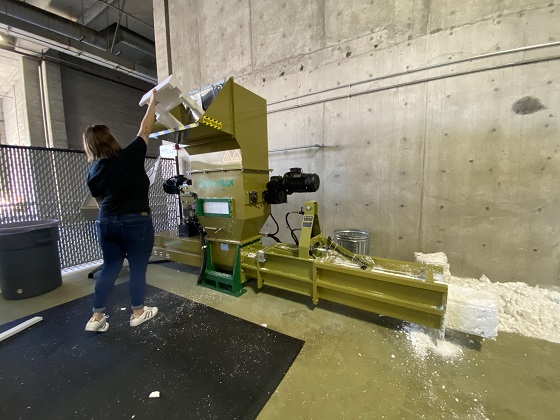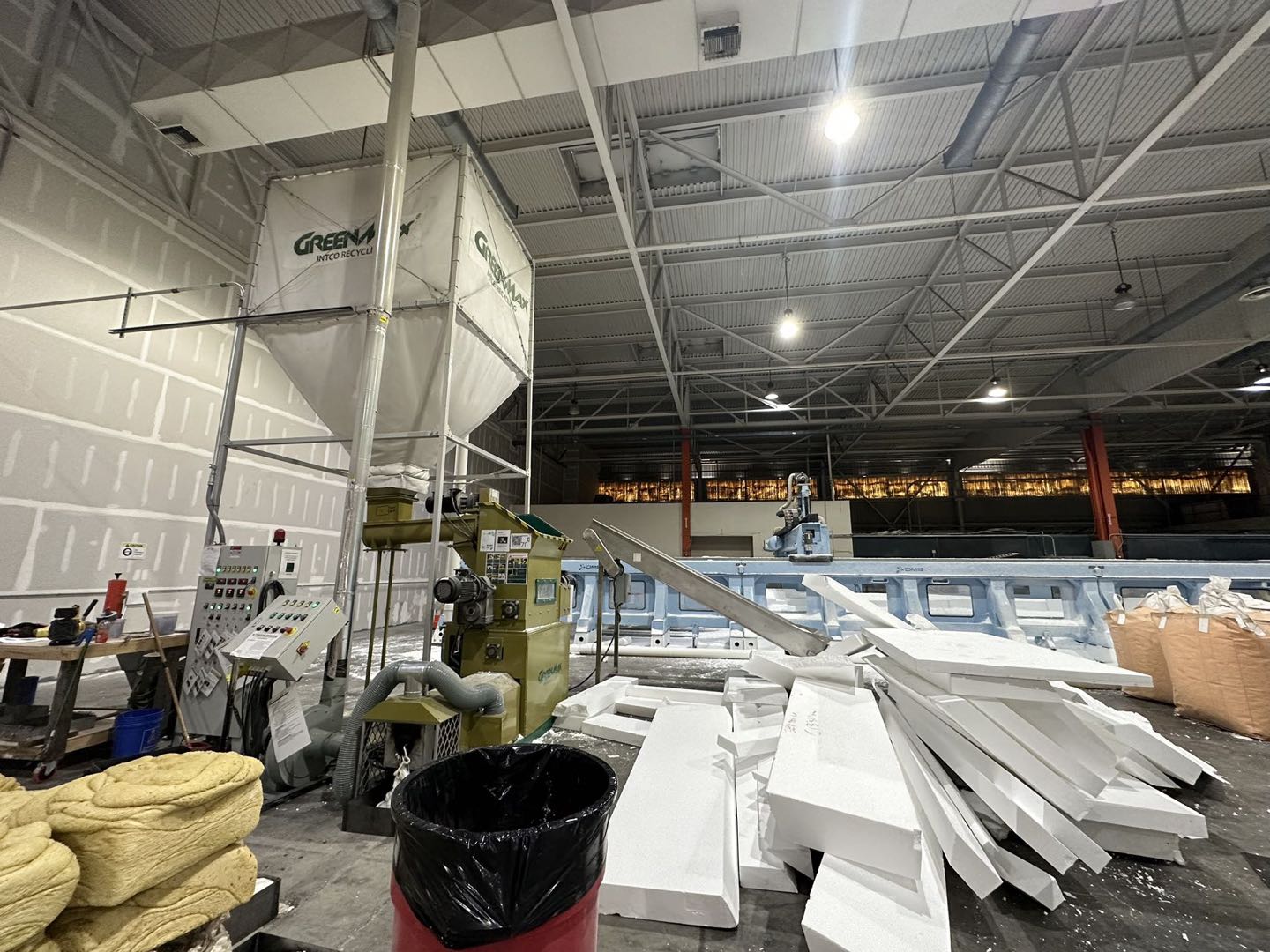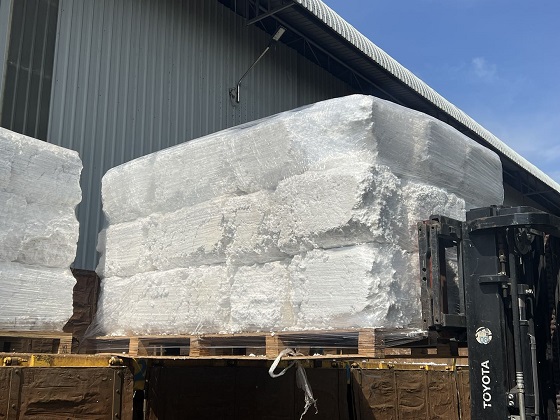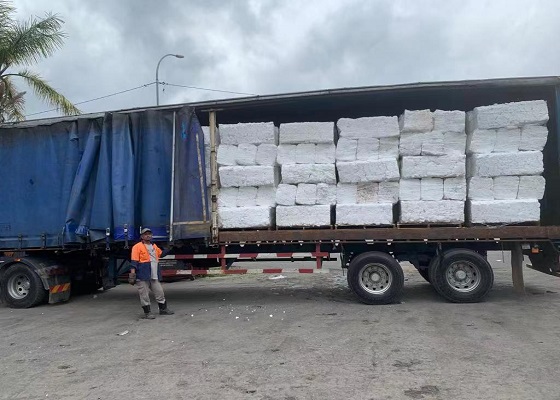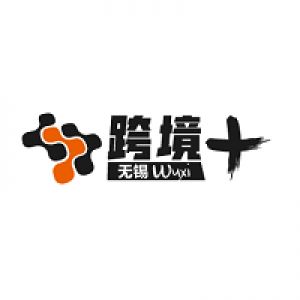How to Achieve ISO 14001 by Improving Waste Recycling | GMPosted by Kuajing Plus on December 25th, 2023 Environmental responsibility is greater than simply a buzzword; it's a core worth that can define the success and longevity of a business. Firms worldwide are aiming to embrace sustainable techniques, not only for ethical factors but also to fulfill the expanding demands of environmentally conscious customers and rigorous regulatory requirements. Among the important tools in this quest of sustainability is the ISO 14001 qualification. While there are paths to attaining this certification, one often-overlooked avenue is via improving waste recycling procedures. In this post, we will explore what the ISO 14001 certification entails, why it's critical for businesses, the needs for obtaining it, and exactly how improving your businesses waste recycling can be the key to its successful attainment.
What is the ISO 14001 Certification?ISO 14001 is an internationally acknowledged criterion for environmental management systems (EMS). It gives a framework that organizations can follow to establish and enhance their environmental performance continually. Essentially, ISO 14001 is a blueprint for systematically reducing an organization’s environmental effect while ensuring compliance with relevant environmental laws and regulations. One of the significant benefits of ISO 14001 is its adaptability to different sorts of organizations, from manufacturing companies to service provider. It's a comprehensive method to environmental management that expands past simple conformity, intending to install sustainability right into an organization’s DNA. Why ISO 14001 is very important?ISO 14001 certification brings considerable weight in the business world, and for several compelling reasons: 1. Demonstrating Environmental ResponsibilityIn a period noted by boosting environmental awareness, consumers, stakeholders, and investors are attracted to businesses that take their environmental responsibilities seriously. ISO 14001 certification is a visible demonstration of a business's commitment to sustainable methods, which can improve its reputation and brand value. 2. Expanding Market OpportunitiesSeveral markets and clients, specifically those in extremely regulated industries or regions, like to engage with ISO 14001-certified companies. Certification can open doors to new markets and chances that might otherwise remain inaccessible. 3. Risk ReductionVia systematic risk evaluation and management, ISO 14001 helps organizations recognize and minimize prospective environmental risks. This aggressive approach can save a business from the financial and reputational damage related to environmental cases. 4. Cost SavingsEfficient source usage and waste decrease are indispensable parts of ISO 14001. By optimizing procedures and decreasing waste generation, organizations can realise substantial cost savings.
Requirements for ISO 14001 CertificationGetting ISO 14001 certification requires organizations to satisfy particular requirements. These requirements are made to guarantee that an organization has a robust environmental management system (EMS) in position. Right here are the primary requirements: 1. Development of an Environmental Policy and ObjectivesEvery ISO 14001-compliant organization must develop an environmental policy that describes its commitment to taking responsibility for the environmental impacts of its actions. This policy needs to include details environmental goals, helping to drive continual enhancement. 2. Identification of Environmental Aspects and ImpactsOrganizations need to identify the environmental aspects and impacts of their activities. These aspects can include activities that consume materials, energy, or produce waste. As soon as identified, organizations ought to produce a scoring system that measures the effect of these aspects on the environment. 3. Establishment of an Environmental Management System (EMS)An efficient EMS is at the heart of ISO 14001. It works as the structure for identifying, managing, and minimizing environmental risks and effects. The EMS must include policies, procedures, roles, responsibilities, and communication processes. 4. Monitoring, Measurement, and Evaluation of Environmental PerformanceISO 14001 requires organizations to establish a system for monitoring, measuring, and evaluating their environmental performance. Regular analyses aid track progress and identify areas for improvement. 5. Normal Internal Audits and Management ReviewsOrganizations must conduct inner audits to evaluate their EMS's efficiency. Management reviews make sure that the EMS remains lined up with the organization’s strategic goals.
The Role of Waste Recycling in ISO 14001 CertificationWhile ISO 14001 incorporates different aspects of environmental management, waste recycling plays a crucial role in attaining compliance. Waste generation and recycling are important factors to consider within the realm of environmental management. For several organizations, waste can be a significant environmental aspect, making it a focal point in ISO 14001 certification efforts. Integrating Waste Recycling into the EMSAmong one of the most efficient methods to integrate waste recycling effortlessly into the Environmental Management System (EMS) is by incorporating waste compactors into your organization’s procedures. Compactors play a vital duty in enhancing waste management processes, reducing environmental effect, and enhancing sustainability. Let's dive deeper into how compactors can contribute to attaining ISO 14001 certification by optimizing waste management processes. Effective Waste Foam CompactionCompactors are specialized equipments created to compress waste foam materials, such as polystyrene, polyethylene, polypropylene, and soft plastic containers, into compact blocks. This compaction significantly reduces the volume of waste foam, making it much easier to handle, transportation, and store. As a result, your organization can take advantage of reduced waste storage space needs and fewer waste foam transports, translating into cost savings. Reduced Labor IntensityHandling loose waste foam materials can be labor-intensive and lengthy. Foam compactors eliminate a lot of the manual labor associated with waste foam management. When put at the source of waste foam generation, such as near production line or in warehouses, foam compactors equip employees to recycle waste foam efficiently. This, in turn, frees up your staff’s time and allows them to focus on more critical tasks, ultimately enhancing overall productivity.
Revenue GenerationFoam compactors can turn waste foam into a valuable asset. For example, compacted foam blocks are very searched for by recycling centers, and organizations can earn a revenue for recycling them. The cost for recycled foam materials can vary, yet at the time of writing, compacted foam blocks can yield in between $ 350 and $ 600 per ton. By using compactors to prepare recyclable materials for sale, your organization not only contributes to sustainability but also generates additional revenue. Start with a Waste Foam Recycling AuditIf you're thinking about ISO 14001 certification or intend to boost your organization’s environmental management, it's essential to start with a clear understanding of your current waste management processes and potential areas for enhancement. This is where GREENMAX can help you. By investing waste management machinery and performing a waste management audit, you can improve processes, reduce environmental impact, and relocate better to ISO 14001 certification-- a milestone that signifies not simply compliance but a commitment to a greener future. Beginning your journey today with GREENMAX, and together, we can achieve ISO 14001 certification while making a positive effect on the environment. Like it? Share it!More by this author |


